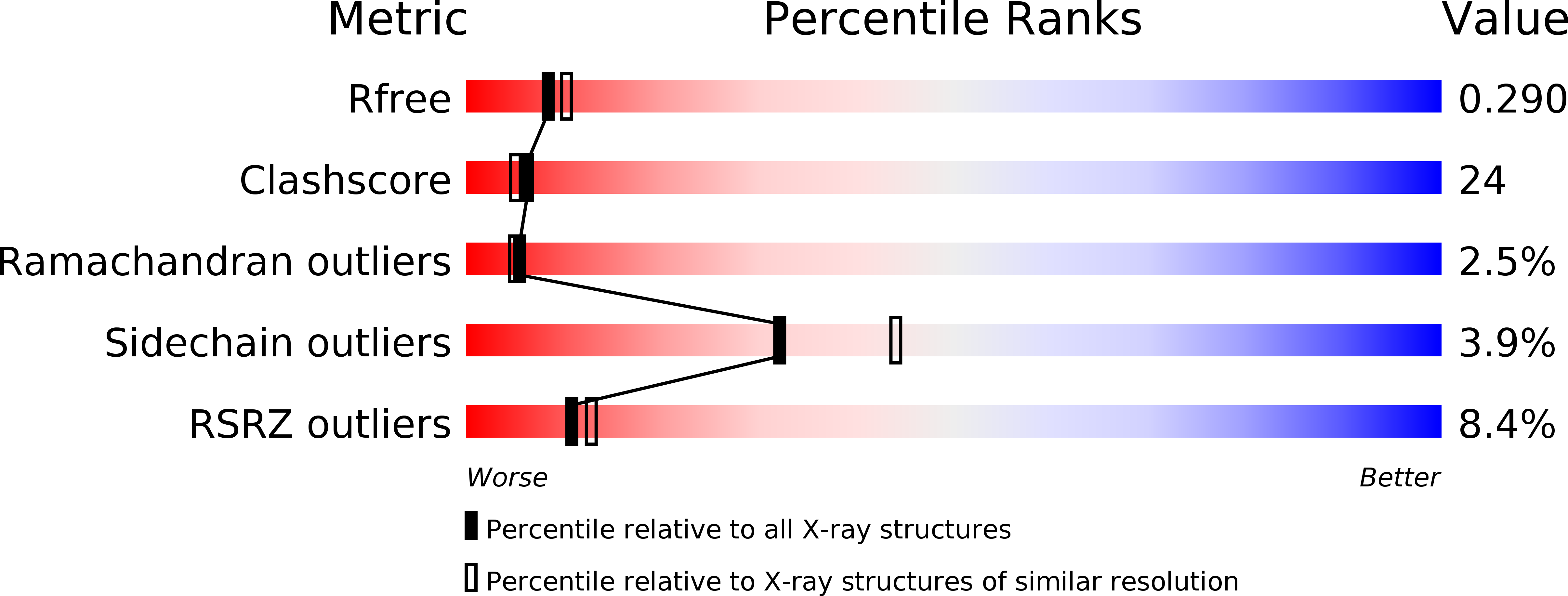
Deposition Date
2004-12-17
Release Date
2005-03-15
Last Version Date
2024-02-14
Entry Detail
PDB ID:
1YA0
Keywords:
Title:
Crystal structure of the N-terminal domain of human SMG7
Biological Source:
Source Organism:
Homo sapiens (Taxon ID: 9606)
Host Organism:
Method Details:
Experimental Method:
Resolution:
2.55 Å
R-Value Free:
0.28
R-Value Work:
0.24
R-Value Observed:
0.25
Space Group:
P 21 21 21


